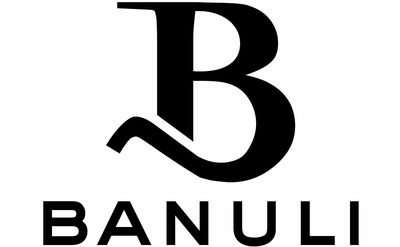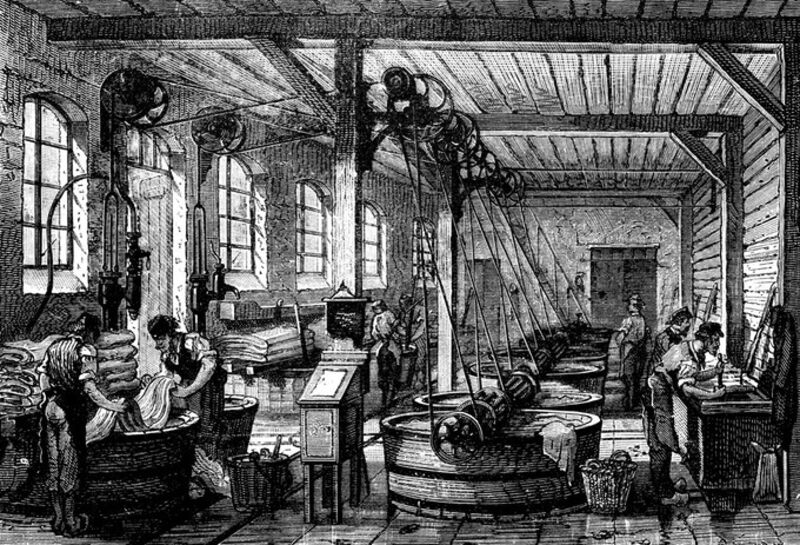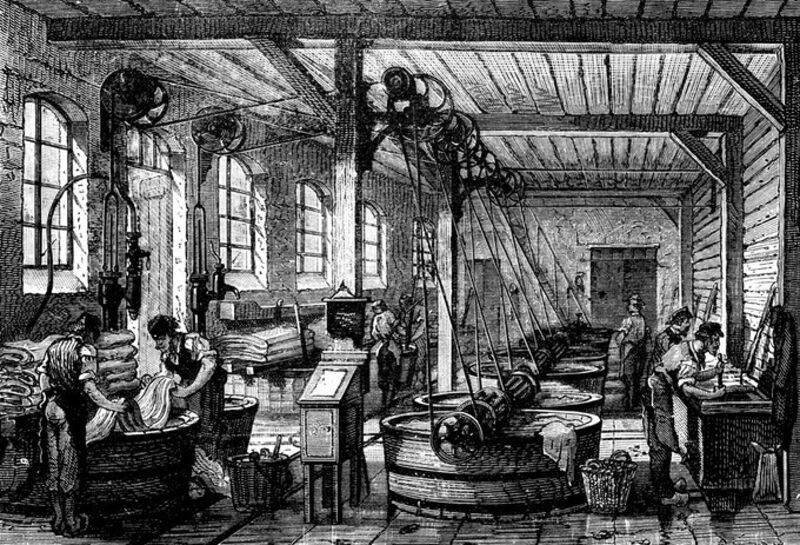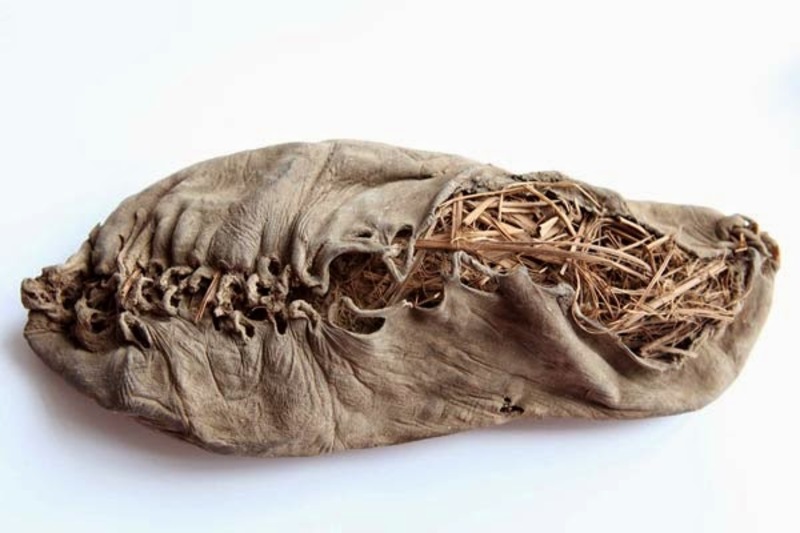Leather making in the early days
Leather is now considered as a high-end and expensive material for luxury fashion accessories such as men's and women's leather shoes, purses, handbags, briefcases, belts. Leather production is not simple, it requires a lot of human effort, time as well as the support of modern machinery and chemicals to process from raw animal skin into leather. With the help of machines, of course, today's tanning process has become simpler and more time-saving than ever before. So how was the early leather production done? The following article will answer you this question.
In the early days, without the appearance of chemicals, raw hides were soaked in natural fermenters to produce simple skin products in which fermenting bacteria grow and erode the skin, which results in the disappearance of hair from organic skin. The hair is then removed by means of a stone or wood shavings, and the fat or meat left in the other side of the skin is removed in the same way.
The process of tanning, the transformation from raw skin into leather, is done by spreading the raw material from the bark of the natural to the raw skin and put them into the container of tan liquid. The bark is added several times until the tanning solution penetrates the rough skin, which takes up to two years for very thick skin. These skins are then hung up for several days in open sheds. The appearance of the skin involves the peeling or shaving of the skin to a certain thickness, skin's color is treated by oils and greases, then dried and finally treated on the surface by wax, proteins such as blood , albumin, and shellac to finish the beautiful surface.
In medieval times, leather was used for all purposes such as making shoes, clothing, leather bags, suitcases or containers, leather vases, saddles, couches and seat covers, book covers or military purpose. Leather is also used to decorate carriages, palanquins and walls.
Most of the skin is tanned by oak bark, but soft leather for clothing, gloves or footwear is tanned by the alum soil, oil, and mixtures of these two substances.
With the discovery and introduction of basic chemicals such as lime and sulfuric acid, tanneries abandon traditional methods, and leather production gradually becomes a chain of chemical processes.
The development of industrialization in the 18th and 19th centuries created the demand for a variety of leather types, such as leather chains for industrial transmission, special leather for looms in woven fabric industry, type of leather used in transportation and for furniture.
At the end of the 19th century, the invention of automobiles, modern road systems, new coal, bitumen, new dyes, the demand for soft and light footwear with a fashionable look and a general increase in living standards have created a demand for soft, flexible and colorful fabrics. The type of leather tanned by traditional method has become too hard and thick, so the use of chrome salt is applied and leather has become the standard for modern footwear. This method helps produce soft, flexible and beautiful types of leather and reflects the way we live through the ages.










